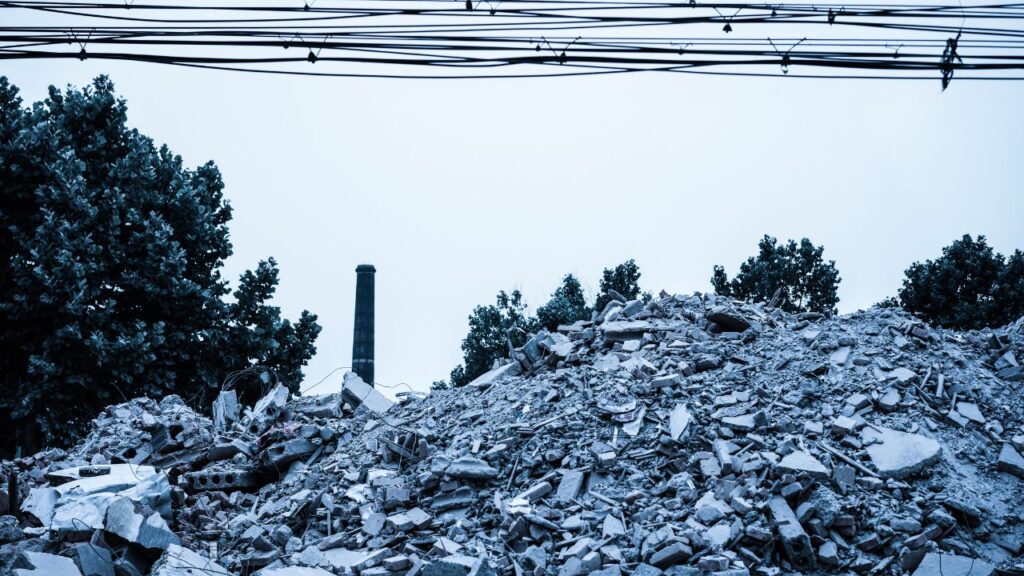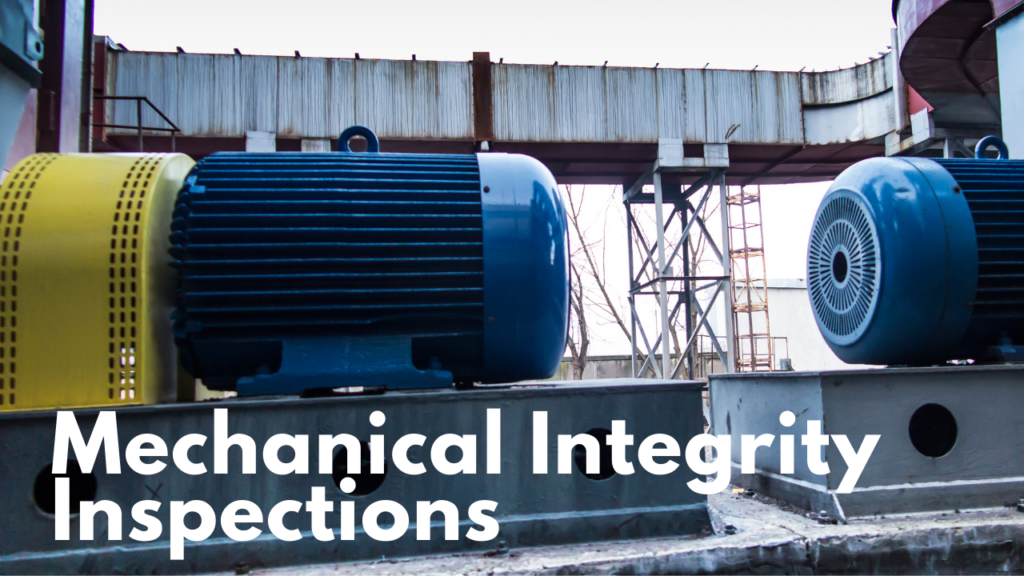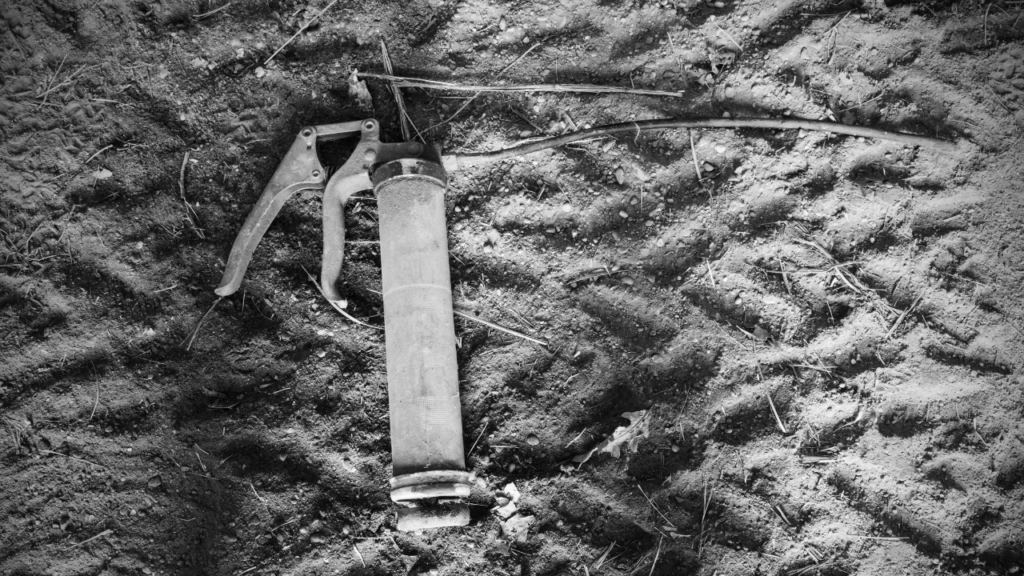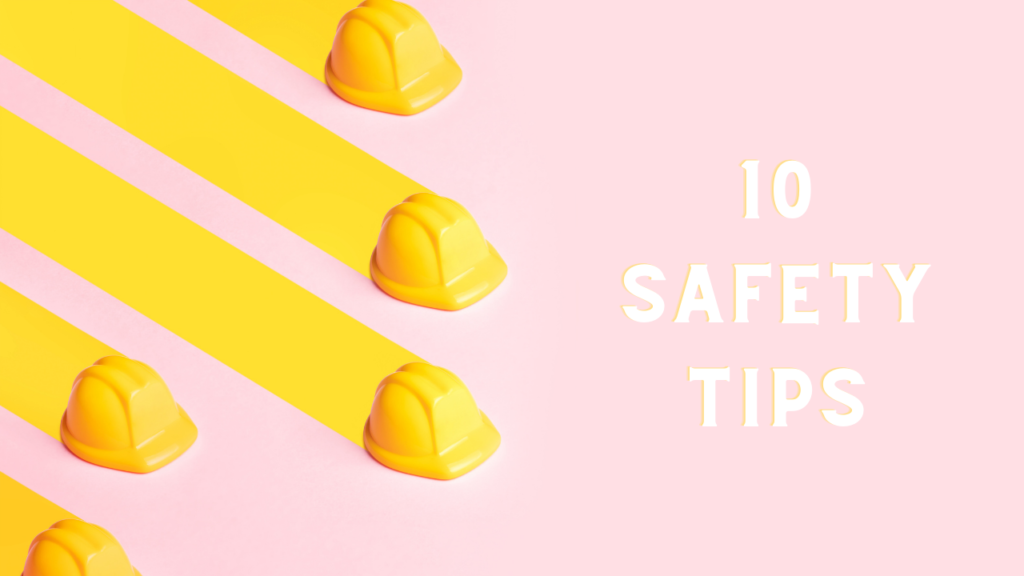
Making Sense of NIST & Cybersecurity Requirements for Maximo
It’s all about cybersecurity risk management. No matter if your computing systems are in an on-premises data center, out in the cloud, or down in a mine shaft somewhere, protecting your data and intellectual property from those who wish to nefariously benefit from it is your mission. Managing the risk of intrusion requires a strategy, a framework, and a significant list of tactical activities to keep the baddies away.










